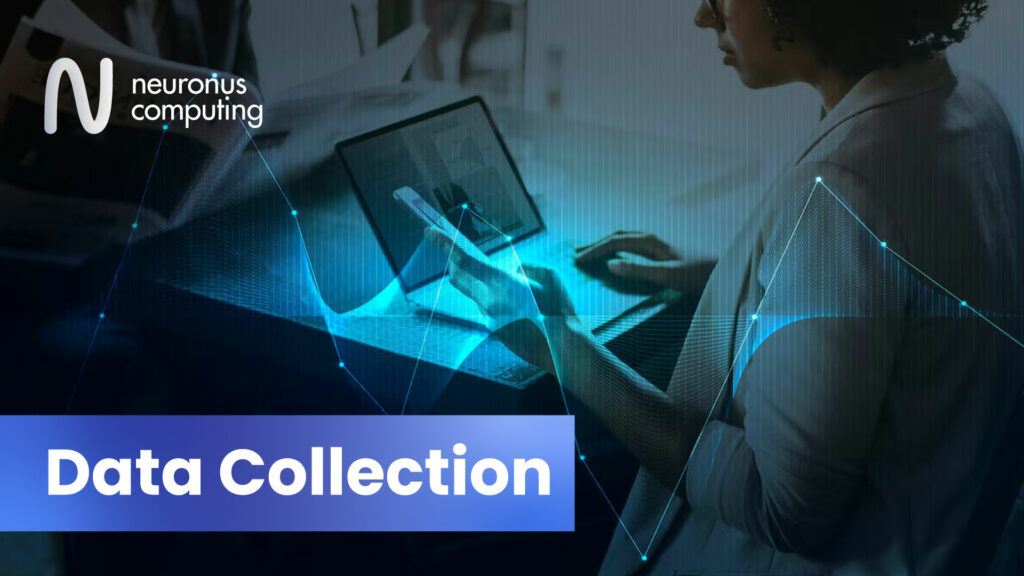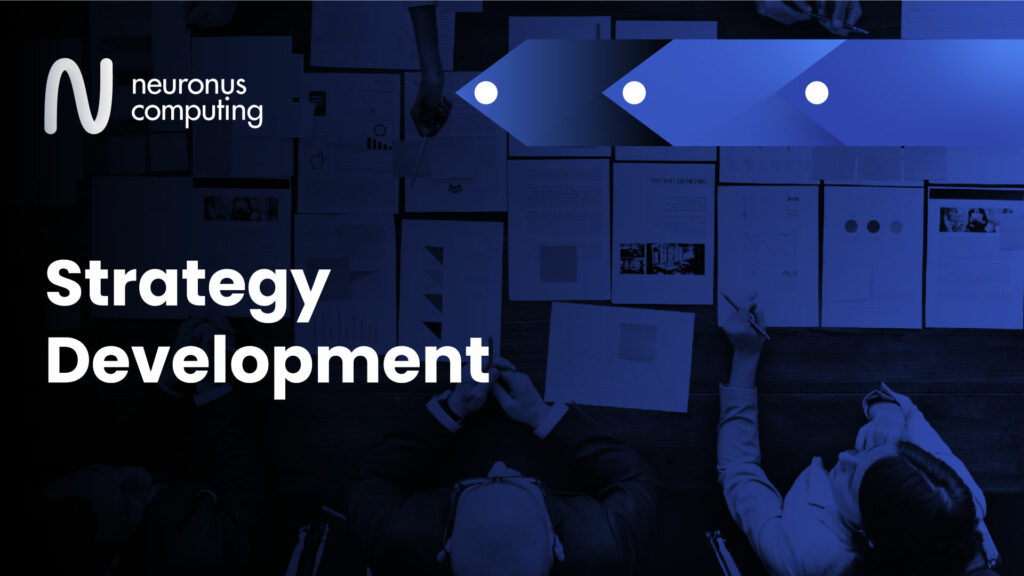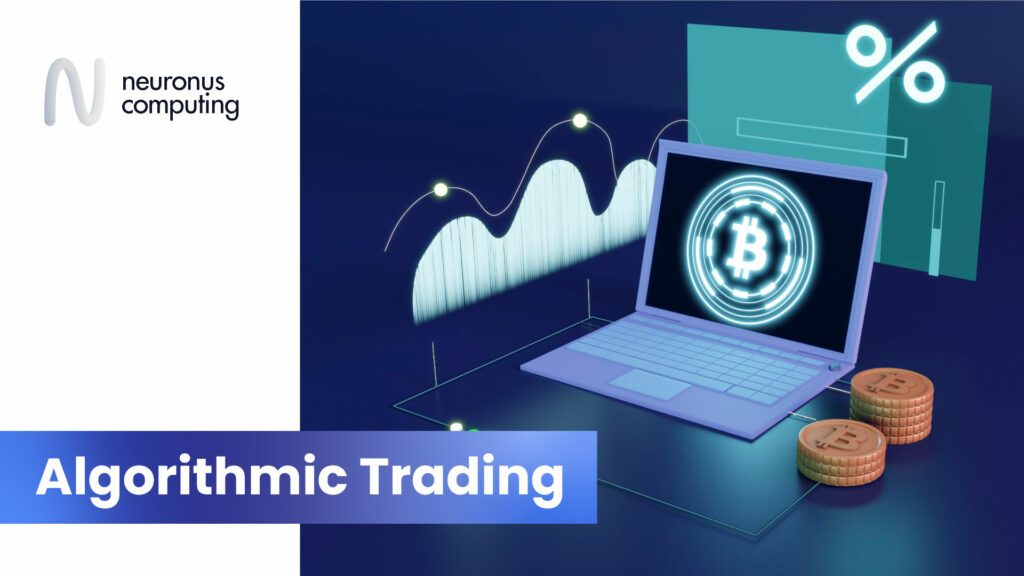AI-based Trading
Introduction
AI-based trading involves leveraging Artificial Intelligence technologies to guide and execute trading decisions in the financial market. This encompasses the application of diverse AI methods to refine trading strategies, enhance decision-making, and automate trading activities. AI trading firms utilize a range of Artificial Intelligence tools to analyze financial markets, process data for price forecasting, understand the causes of price fluctuations, execute trades, and continuously monitor the dynamic market environment. AI trading broadly encompasses the use of artificial intelligence, predictive analytics, and machine learning to examine historical market and stock data, generate investment ideas, construct portfolios, and automate the buying and selling of stocks.
How AI-based Trading Works
AI-based trading systems process and analyze large volumes of data quickly and efficiently including market data, economic indicators, news articles, social media sentiment, and other relevant information. Here is how AI works:

Data Collection:
AI-based trading systems collect extensive data from multiple sources, such as historical market data, real-time price feeds, economic indicators, news articles, social media, and other pertinent information.
Data Handling and Examination:
The gathered data is managed and examined with AI techniques, which may include cleaning, normalizing, and extracting features to prepare it for further analysis.
Model Training:
Machine learning models are developed using historical data to recognize patterns and relationships. These models can utilize supervised learning (to forecast future prices based on past data) or unsupervised learning (to uncover hidden patterns within the data).
Forecasting Analysis:
Once trained, models use forecasting analysis to predict future market trends and price movements. This process involves generating trading signals derived from the insights gained through the models.

Strategy Development:
AI systems develop and refine trading strategies based on forecasting analysis and the insights obtained. These strategies can range from high-frequency trading algorithms to longer-term investment approaches.
Trade Implementation:
The AI-based trading system automatically implements trades according to the generated strategies and signals. This involves placing buy or sell orders at optimal times and prices, often at speeds faster than those achievable by human traders.
Risk Management:
AI systems integrate risk management techniques to safeguard against potential losses. This involves implementing stop-loss orders, diversifying investments, and continuously adjusting strategies to adapt to adapt to evolving market conditions.
Continuous Monitoring and Adjustment:
AI-based trading systems constantly observe the market and their performance. They adjust to new data and shifting market conditions by updating their models and strategies as required.
Types of AI-based Trading
Automated Trading:
Automated trading involves executing trades based on pre-set trading instructions. While similar to algorithmic trading, it typically relies on simpler trading strategies.
Quantitative Trading:
Quantitative trading employs quantitative modeling to analyze stock prices and trading volume, pinpointing the most promising investment opportunities. Due to its sophisticated capabilities, investors frequently use quantitative trading to execute large transactions involving hundreds of thousands of shares.

Algorithmic Trading:
In this approach, Stock investors use algorithms that make trading decisions based on historical data. These algorithms leverage machine learning and deep learning to analyze market trends and financial news, executing trends in small increments.
High-Speed Trading:
It involves rapid buying and selling of large volumes of stocks and shares. This type of trading relies on advanced computers capable of analyzing multiple markets and executing millions of trades within seconds, providing investors with a competitive edge.
Conclusion
AI-based trading represents significant advancement in financial markets leveraging sophisticated technologies such as artificial intelligence, machine learning, and predictive analytics to enhance trading efficiency and accuracy. AI trading systems offer investors the potential for improved decision-making and speed by analyzing vast amounts of data, developing and refining trading strategies and executing trades with precision. However, these decisions also come with challenges including the need for ongoing adaptation to market conditions and the risk linked to technological failures. Overall, AI-based trading continues to evolve, driving innovation and reshaping the landscape of modern finance.







